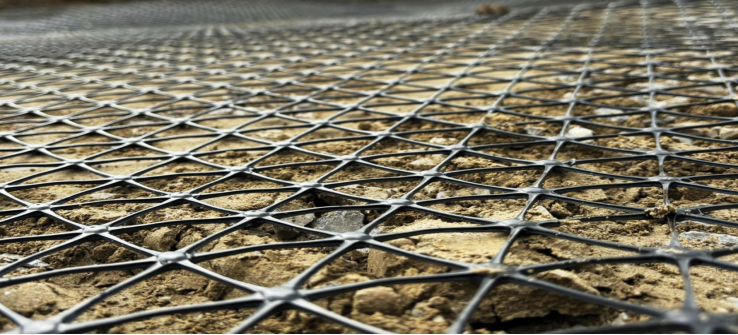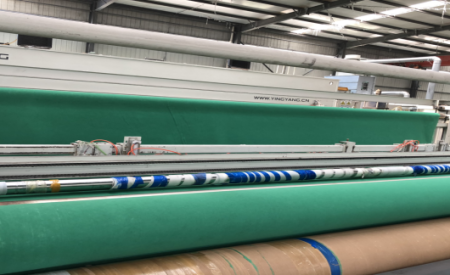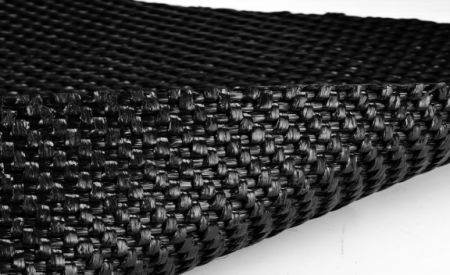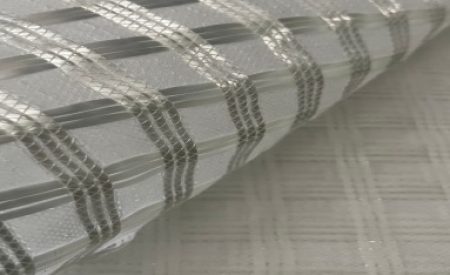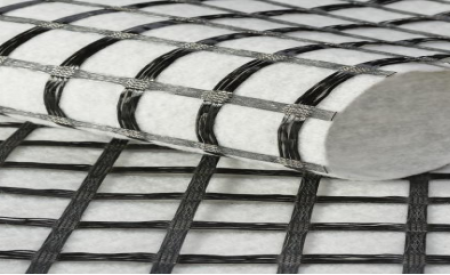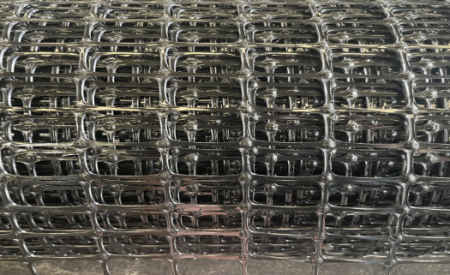Call us today!
Blog
What’s Non Woven Geotextile?
Lianyi®Non Woven Geotextile is one of geosynthetic that has opeing size with high permeability characteristic.Non Woven Geotextile is manufactured from needle punched Polyester or Polypropylene staple fiber or continuous filament.As a superior product of non woven geotextile,it has been designed and produced through long experience so that it performs perfectly on site for soil mechanics application.
Features Of Non Woven Geotextile
*Non woven geotextile mechanical properties that offer maximum strength in all directions throughout the length and width of every roll
*Unique manufacturing process utilizing both mechanical and thermal bonding processes ensures that the non woven geotextile offers superior performance
*Waterflows normal to the plane that are generally several times more than that required by design
*Non woven geootextile hydraulic properties that stimulate the build up of a natural soil filter in the adjacent soil and so ensure long term filtration stability.
Advantages Of Non Woven Geotextile
*Separator
Non Woven Geotextile will perform best as a separator between two layers of different material properties to avoid intermixing
*Filter and drainage
Non Woven Geotextile can retain any kind of soil material,but still allow water flow in and out.This means,clogging on the drainage media can be avoided.When applied as a filter under rip-rap,this material can also withstand soil fills and keeps passing water so that there will be no increase in hydrostatic pressure that can reduce the stability of the embankment
*Non Woven Geotextile is not specifically designed as reinforcement,it possesses sufficient tensile strength
*Geomembrane protection layer
Geomembrane is an impermeable geosynthetic material,that is susceptible to hazard puncture by static or dinamic force.Non Woven Geotextile provides maximum protective function so that the geomembrane will perform optimally as an impermeable layer during its operational period
Applications Of Non Woven Geotextile
*As a general purpose separator for use under site access roads and areas of hardstanding
*As a separation and strengthening layer under new roadways, car parks, industrial units etc.
*As a filter surround in the construction of a French drain or granular drainage blanket
*For separation: to prevent the intermixing of dissimilar soil layers
*For filtration: to allow the passage of fluids whilst preventing the uncontrolled passage of soil
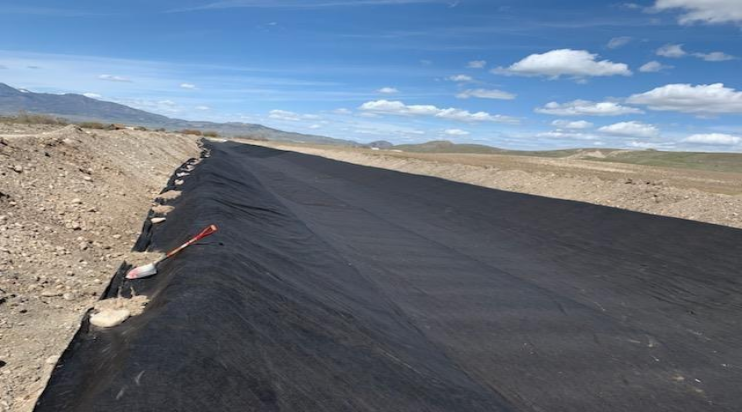
Keyword:
1. Geotextile
What’s Woven Geotextile?
Lianyi®Woven Geotextile is a woven geotextile product composed of woven silt film polypropylene tape. With the support of geotechnical knowledge and also sophisticated production equipment.Woven Geotextile can be used as a separator between selected fill and soft soil base,and it also serves as a reinforcement.
Features Of Woven Geotextile
*Provides superior reinforcement strength and soil interaction with high water flow and soil retention capabilities
*Offers premium confinement and reduces lateral movement of base materials
*Increases load distribution Resists punctures and common installation damages
*Panels can be factory- or field-seamed for efficient installation
Advantages Of Woven Geotextile
*High tear resistance properties,so that it can be installed on its best performance
*The surface of the woven geotextile has high friction to provide a large pull-out resistance when installed on cohesive soil.The higher the friction of the surface,the shorter anchorage length required for the reinforcement and vice versa.This will provide significant economic benefits
*Carbon black content that serves as UV stabilizer assures woven geotextile provides long enough resistance exposed to UV until it is covered by vegetation
*Tensile strength is an important parameter for reinforcement applications,hence woven geotextile provides maximum tensile strength at minimal material weight.This advantage contributes to the economic aspect while also gaining the expected level of structural stability
Applications Of Woven Geotextile
*As a filter wrap to granular drainage trenches and blankets
*As an erosion control layer under rock armor or concrete revetments in river & coastal defence systems
*As a filter layer in the construction of artificial sports surfaces and all-weather horse riding arenas
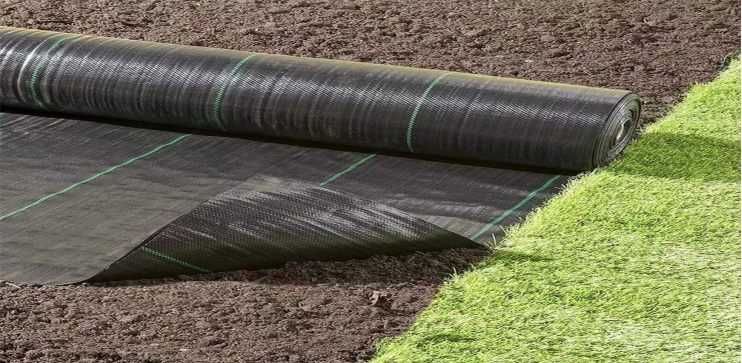
Keywords:
1.Geotextile
What’s Polyester(PET) Geogrid ?
Lianyi®Polyester(PET) Geogrid is biaxial geogrid made of high tensile strength polyester yarns coated by bitumen or PVC.PET Geogrid has high tensile strength which is resistant to damage,corrosion and has long term durability.
Features Of Polyester(PET) Geogrid
*Reduces the thickness of embankment material
*Accelerate the construction period
*Provides long term durability
*Provides optimal construction system quality
Advantages Of Polyester(PET) Geogrid
*Reduces and even eliminates the need to replace of soft bottom soil
*Reduces the volume of embankment material significantly
*Increase the quality of soil compaction and more uniform
*Able to control and minimize differential settlement
*Distribute of the soil pressure evenly
Applications Of Polyester(PET) Geogrid
*Highway
*Railway
*Soil improvement, soft soil improvement on access road areas,manufactures,airports,mining areas
*Reclamation area
*Slope reinforcement
*Retaining wall

Keywords:
1.Polyester Geogrid
What’s Polyester(PET) Geocomposite ?
Lianyi®Polyester(PET) Geocomposite is a needle punched non woven geotextile reinforced by high tenacity polyester yarn.This reinforcing yarn is knitted with the non woven geotextile to make a high tensile strength geotextile with a good drainage property.
Features Of Polyester(PET) Geocomposite
*Reinforcement inserted with special webbing on non woven to make one composite geotextile *High permeability, friction angle, and high tensile strength at low strain
*Environmentally friendly(non-toxic) and resistant to chemical material
*Efficient, cheap and fast installation
*Serves to strengthen and stabilize the soil,while enhancing CBR surfaces
*Avoids cracked surface due to effects of differential settlement while avoiding loss material due to intermixing with soft soil
Advantages Of Polyester(PET) Geocomposite
*Reduces and even eliminates the need to replace of soft bottom soil
*Reduces the volume of embankment material significantly
*Increase the quality of soil compaction and more uniform
*Able to control and minimize differential settlement
*Distribute of the soil pressure evenly
Applications Of Polyester(PET) Geocomposite
*Reinforcement of highway foundation, an embankment on soft soil and swamp,etc
*Retaining wall
*Strengthening slope of embankment

What’s Glass Fiber Composite Grid ?
Lianyi® Glass Fiber Composite Grid Pavement Reinforcement System and Moisture Barrier System is manufactured at Feicheng LianyiEngieering Plastics Co.,Ltd facility that has achieved ISO 9001:2015 certification and meets the requirements of EN 15381:2008.Glass Fiber Composite Grid is a composite material consisting of fiberglass reinforcement grid coated in an elastomeric polymer, bonded to a non woven paving geotextile. The non woven geotextile is a staple fiber, needle punched and manufactured from fibers that are needled to form a stable network and retain dimensional stability relative to each other.Glass Fiber Composite Grid is resistant to ultraviolet degradation and to biological and chemical environments normally found in soils.
Features Of Glass Fiber Composite Grid
*High grid stiffness provides a wrinkle-free installation and a direct load transmission
*Low elongation
*Thermal and chemical stability
Benefits Of Glass Fiber Composite Grid
*Universal application on milled surface or over existing pavement surfaces
*Quick and efficient installation
*Efficient moisture barrier due to the non-woven fabrics
*High grid stiffness providing a wrinkle free installation
*Easy cutting
*Good trafficability (suppliers, trucks, paver)
*Thermal and chemical stability
*Excellent milling performance
*Measured unlimited recyclability & enhanced properties in Reclaimed Asphalt Pavement (RAP)
Applications Of Glass Fiber Compsoite Grid
*Asphalt concrete pavement
*Asphalt layer
*Rehabilitation of old asphalt roads
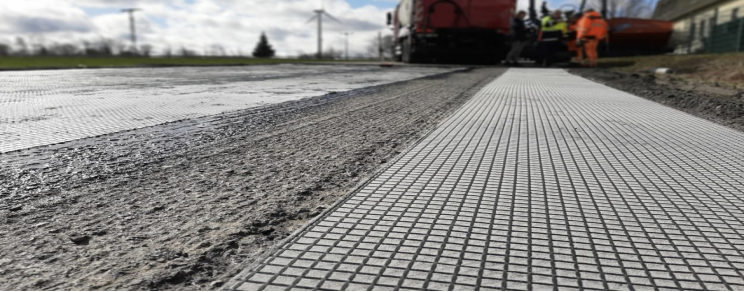
1.Asphalt Fiberglass Geogrid
2.Fiberglass Geogrid
3.Self- Adhesive Fiberglass Geogrid
4.Fiberglass Geocomposite
5.Fiberglass Geogrid Composite With Nonwoven Geotextile
6.Fiberglass Geogrid Stitched With Nonwoven Geotextile
What’s PP Biaxial Geogrid ?
Lianyi® PP Biaxial Geogrid is biaxial geogrid made of PP(polypropylene)material and is available with strengths of up to 60kN/m. PP Biaxial Geogrid is used as a solution for the problem of road embankment,embankments on soft soils,slope reinforcement structures,and so on. PP Biaxial Geogrid can improve sub grade and sub-base performance by acting as a reinforcement for the embankment material.PP Biaxial Geogrid becomes more effective when the projects have to deal with some geotechnical complexity. This material provides road pavement strengthening through high tensile strength and excellent interlocking capability.
Features Of PP Biaxial Geogrid
*Reduces the thickness of embankment material
*Simplifies the construction process
*Extends the life of the road service
*Reduces the frequency of road repair
Advantages Of PP Biaxial Geogrid
*Reduces and even eliminates the need to replace of soft bottom soil
*Reduces the volume of embankment material significantly
*Increase the quality of soil compaction and more uniform
*Able to control and minimize differential settlement
*Distribute of the soil pressure evenly
Applications Of PP Biaxial Geogrid
PP Biaxial geogrids are suitable for reinforcing various embankments and roadbeds, slope protection, tunnel wall reinforcement, and permanent load-bearing foundation reinforcement in large airports, parking lots, docks, cargo yards, etc.
*PP Biaxial geogrid is used to increase the bearing capacity of road (ground) foundations and extend their service life.
*PP Biaxial geogrid is used to prevent the collapse or cracking of the road (ground) surface, keeping the ground looking neat and tidy.
*PP Biaxial geogrid is convenient for construction, time-saving, labor-saving, shortening the construction period and reducing maintenance costs.
*PP Biaxial geogrid is used to prevent cracks in culverts.
*PP Biaxial geogrid is used to reinforce soil slopes and prevent soil erosion.
*PP Biaxial geogrid is used to reduce the thickness of the cushion layer and save costs.
*PP Biaxial geogrid is used to support the stability of grass planting net pads on slopes for environmental greening.
